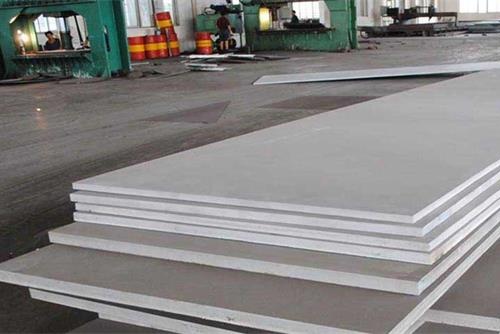- Email:[email protected]
- Mobile: +86-16668331536
product
HSLA steel plates offer enhanced resistance to environmental corrosion and possess greater strength compared to standard carbon steel. These steels are highly ductile, exhibit excellent formability, and are engineered to meet precise mechanical property requirements. They are primarily designed for structural applications where weight savings and added durability are crucial.


Carbon Steel is a composite material comprising iron and carbon, with the possibility of incorporating various additional elements. These elements, including manganese (up to 1.65% maximum), silicon (up to 0.60% maximum), and copper (up to 0.60% maximum), have prescribed maximum limits.
Carbon steel may also contain trace amounts of other elements, typically in quantities too small to significantly affect its properties.
In an era of increasing global environmental awareness, the use of clean and sustainable energy sources, such as natural gas, has gained widespread attention. Pipeline steel plates have emerged as essential components capable of withstanding high-pressure environments, resisting atmospheric corrosion, and enduring low-temperature conditions.


Stainless steels encompass a group of iron-based alloys distinguished by their chromium (Cr) content, which must exceed 10.5%. Chromium's presence forms an invisible surface layer that resists oxidation, imparting passivity and corrosion resistance to the material. Within the realm of stainless steel, various families cater to specific applications and requirements. Stainless steel grades can also undergo customization to meet diverse processing, corrosion resistance, temperature tolerance, and strength specifications.
To receive information about products, news, exhibitions and the ways you can support us.

You can consult online or write an email, We deal with your needs immediately .